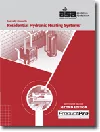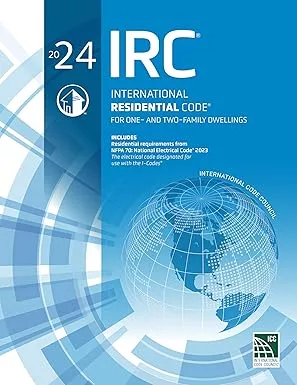Residential Tax Credit Form For Heat Pumps Clarified
In
response to several inquiries, the Air-Conditioning, Heating and Refrigeration
Institute clarifies the levels required to claim a tax credit for
residential heat pumps.
The Internal Revenue Service recently issued Form 5695, Residential Energy Credits - the form taxpayers must use when claiming tax credits under Section 25(c) of the Internal Revenue Code.
In response to several inquiries, the Air-Conditioning, Heating and Refrigeration Institute wants to make manufacturers, consumers, contractors, distributors and anyone else with an interest in these credits aware that the instructions at the bottom of the form are correct with respect to the levels required to claim a tax credit for residential heat pumps.
For residential electric heat pumps placed in service between Jan. 1, 2009, and Feb. 17, 2009, the unit must have a heating seasonal performance factor of at least 9, a seasonal energy efficiency ratio of at least 15 and an energy efficiency ratio of at least 13.
For residential electric heat pumps placed in service after Feb. 17, 2009, a split heat pump unit must achieve 8.5 HSPF, 15 SEER and 12.5 EER (the highest efficiency tier established by the Consortium for Energy Efficiency). For packaged heat pumps, the highest CEE tier levels are 8 HSPF, 14 SEER and 12 EER.
Taxpayers should consult their tax advisors for information appropriate to their particular situation. Complete information about IRS rules governing tax credits and deductions should be obtained from the IRS itself (www.irs.gov) or from your professional tax preparer.
The Internal Revenue Service recently issued Form 5695, Residential Energy Credits - the form taxpayers must use when claiming tax credits under Section 25(c) of the Internal Revenue Code.
In response to several inquiries, the Air-Conditioning, Heating and Refrigeration Institute wants to make manufacturers, consumers, contractors, distributors and anyone else with an interest in these credits aware that the instructions at the bottom of the form are correct with respect to the levels required to claim a tax credit for residential heat pumps.
For residential electric heat pumps placed in service between Jan. 1, 2009, and Feb. 17, 2009, the unit must have a heating seasonal performance factor of at least 9, a seasonal energy efficiency ratio of at least 15 and an energy efficiency ratio of at least 13.
For residential electric heat pumps placed in service after Feb. 17, 2009, a split heat pump unit must achieve 8.5 HSPF, 15 SEER and 12.5 EER (the highest efficiency tier established by the Consortium for Energy Efficiency). For packaged heat pumps, the highest CEE tier levels are 8 HSPF, 14 SEER and 12 EER.
Taxpayers should consult their tax advisors for information appropriate to their particular situation. Complete information about IRS rules governing tax credits and deductions should be obtained from the IRS itself (www.irs.gov) or from your professional tax preparer.
Looking for a reprint of this article?
From high-res PDFs to custom plaques, order your copy today!






